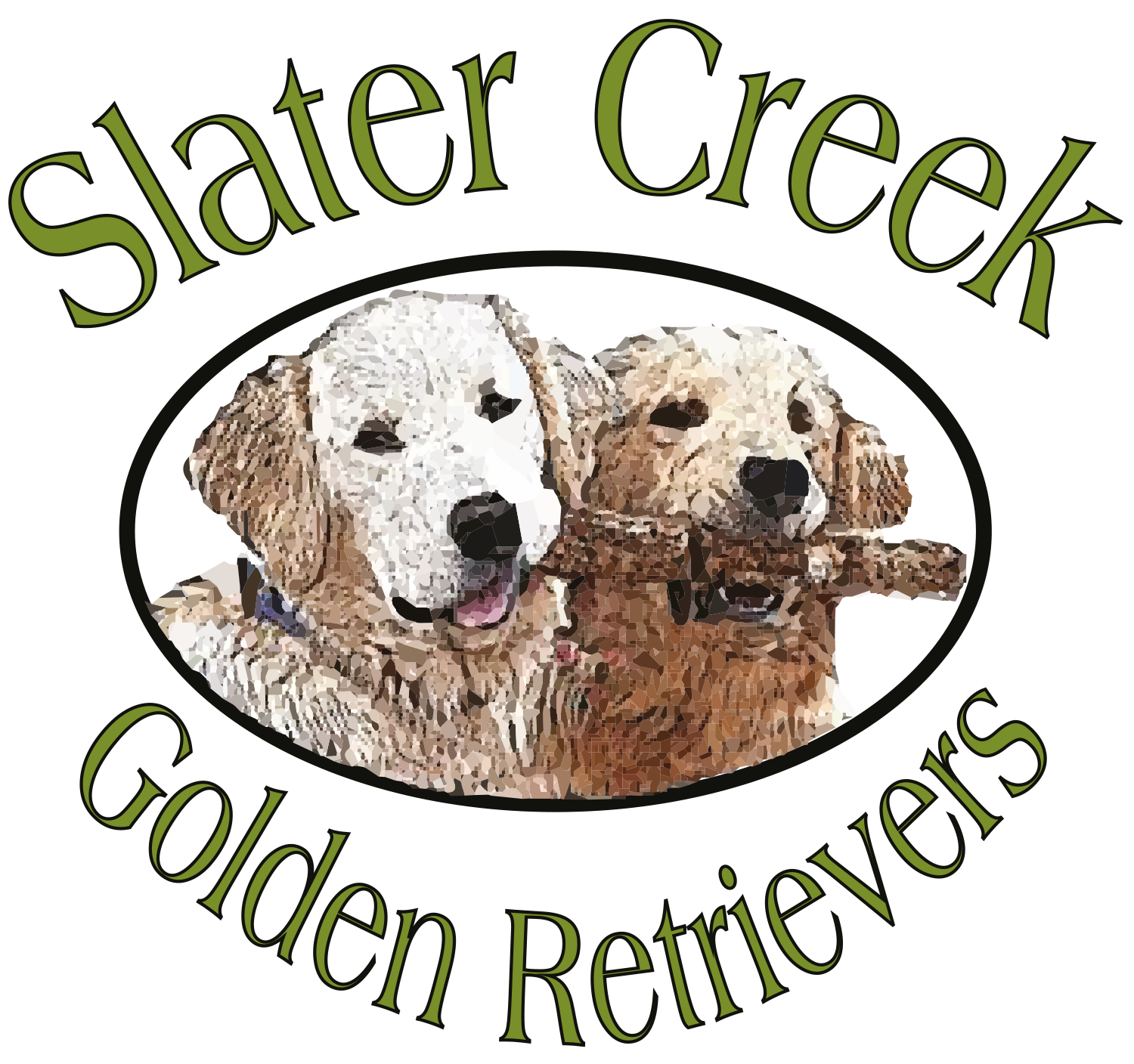The first time I noticed my Golden Retriever Max’s coat losing its luster, I panicked.
The warm honey-gold had dulled to a flat beige, and clumps of fur decorated every corner of my home.
The vet’s diagnosis wasn’t illness but something simpler: his diet wasn’t supporting his needs.
That moment launched my deep dive into Golden Retriever nutrition – a journey that transformed not just Max’s health but my understanding of how profoundly food shapes our dogs’ lives.
The Golden Paradox: Active Dogs with Weight Challenges

Golden Retriever Eating Healthy Food
Golden Retrievers present a nutritional contradiction that many owners discover too late. Despite their athletic heritage and natural exuberance, they’re remarkably efficient at converting food to fat. Max could devour the same portion as my neighbor’s Border Collie but wear the calories very differently.
The Metabolism Mystery
What many Golden owners don’t realize is that this breed’s metabolism shifts dramatically throughout their lives. The puppy that seems perpetually hungry and remains lean despite endless meals often transforms into an adult who gains weight on seemingly reasonable portions.
I learned this watching Max’s body change around his second birthday. His activity level remained consistent, but suddenly the standard feeding guidelines on his food bag became too generous. Behind this shift lies a metabolic reality: many Goldens have thyroid function that naturally decreases with age, requiring proactive adjustments to prevent the creep of extra pounds.
The truth most vets won’t mention until problems develop: adult Goldens typically need 20-30% fewer calories per pound than the average active breed of similar size. This isn’t a flaw – it’s simply part of what makes them Goldens.
Protein Priorities: Quality Over Quantity
The protein debate rages endlessly in dog nutrition circles, but for Goldens, the question isn’t just how much but what kind.
Beyond the Percentage Game
When Max’s coat issues developed, I discovered that the 26% protein content in his food told only part of the story. Golden Retrievers process certain protein sources more efficiently than others. Their digestive systems, evolved from ancestors who thrived on varied diets, extract different amino acid profiles from different sources.
For coat health specifically, Goldens need complete proteins rich in methionine and cysteine – amino acids that serve as building blocks for keratin, the protein that forms hair. Foods that list whole animal sources first (chicken, salmon, turkey) typically provide these more abundantly than foods relying heavily on plant proteins or meat by-products.
The Seasonal Shift: Adapting to Your Golden’s Changing Needs
Perhaps the most overlooked aspect of Golden nutrition is how dramatically their needs change with seasons and activity cycles.
Summer vs. Winter Feeding
During warm months, Max’s caloric needs increase by roughly 15% when we’re hiking regularly, but his hydration requirements nearly double. Conversely, winter brings decreased activity but increased caloric demands for temperature regulation. Rather than maintaining the same feeding routine year-round, I’ve learned to observe subtle body changes and adjust accordingly.
The often-missed sign of proper adjustment isn’t weight but energy consistency. A well-fed Golden maintains similar enthusiasm and endurance regardless of season. When nutrition falters, energy flags before weight or coat changes become obvious.
Age-Specific Nutrition Beyond Basic Life Stages
The standard puppy-adult-senior feeding progression misses critical transitions specific to Goldens.
The Critical 18-Month Mark
Around 18 months, as bone growth finalizes but muscle development continues, many Goldens benefit from transitioning to slightly lower calcium but maintained protein levels. This shift supports final muscle maturation without encouraging unwanted bone density changes that can contribute to joint issues.
For Max, this meant selecting an adult food earlier than the package recommended but supplementing with specific protein sources that supported his final muscle development.
The Middle-Age Adjustment
While most feeding guides jump from “adult” to “senior” around age 7, Goldens often benefit from intermediate adjustments around age 5. This middle-age period often coincides with subtle activity reduction and the first hints of joint stiffness.
Introducing moderate levels of anti-inflammatory nutrients (omega-3s from marine sources, not just flaxseed) during this window appears to delay the onset of more serious mobility issues later, according to emerging veterinary research.
The Rotation Advantage
Perhaps the single most beneficial change I made to Max’s regimen was breaking free from the single-food approach. By carefully rotating between 3-4 high-quality foods with different primary proteins every few months, we prevented the development of sensitivities while ensuring nutritional gaps in any one formula didn’t become long-term deficiencies.
The results speak for themselves: at nine years old, Max still maintains a gleaming coat, healthy weight, and energy that makes people regularly mistake him for a much younger dog. The secret isn’t finding the perfect food – it’s understanding that perfect nutrition for a Golden is responsive, seasonal, and as individual as the dog himself.
